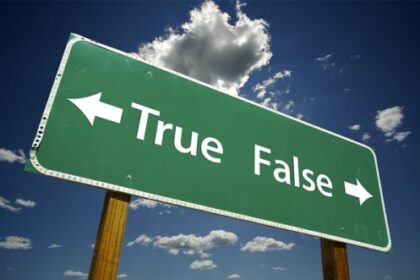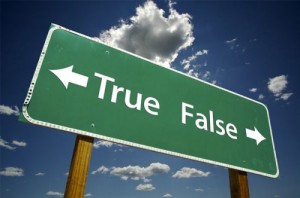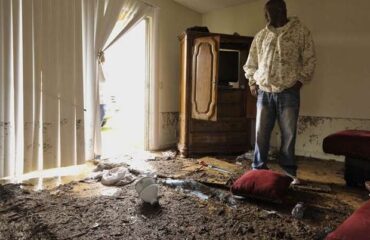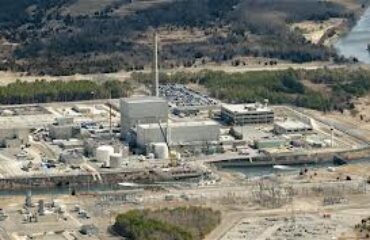
 Myths regarding insurance are pervasive, and home insurance is no different. InsuranceHotline.com dispels the top 5 myths that have sprouted up around home insurance, making it easier for insurance buyers to shop and purchase with confidence.
Myths regarding insurance are pervasive, and home insurance is no different. InsuranceHotline.com dispels the top 5 myths that have sprouted up around home insurance, making it easier for insurance buyers to shop and purchase with confidence.
May 15, 2012
Understanding the world of insurance can be difficult, and it doesn’t help that there are so many myths and misconceptions circulating. Home insurance myths can be very costly, resulting in homeowners not having the right coverage or overpaying for their policy. Get the truth behind these five common myths surrounding home insurance, and avoid insurance buying mistakes that could be expensive.
Myth #1. A home should be insured for the purchase price. How much it cost to buy a home is not the amount that it would cost to rebuild that home. A number of other factors come into play in determining the market value of a home – the value of the land, the popularity of the neighborhood, and even things like a view. The replacement value of the home does not include the land or the view, but only the structures on the property and the contents. A home should be insured for replacement cost, not market value.
Myth #2. Water damage is covered under home insurance. Only some forms of water damage may be covered by home insurance policies. Usually what is covered is “sudden and accidental discharge of water” such as damage caused by a burst pipe. Flood damage is not typically covered by a standard home insurance policy, so those in an area at risk of flooding will need to purchase a separate flood insurance policy. Additionally, some damage that is a result of water in the home may not be covered, such as mold.
Myth #3. Home insurance covers needed upgrades. Whether it’s the roof that is getting old or a tree that is dying and poses a risk of falling, home insurance is not in place to cover wear and tear on the home or proactive measures to avoid loss. It exists to return a home to a pre-loss state after an unexpected occurrence such as fire or theft. Maintenance of the home is the homeowner’s responsibility and not part of the insurance coverage.
Myth #4. Natural disaster-related damage is always covered. While some nature and weather related damage is covered on a home insurance policy, not everything is covered. Wind, lightning, and hail damage may be covered, while earthquakes, flood, and landslides typically are not. It depends on the terms of the policy. Extra coverage is usually required to provide for all potential natural disasters. It’s important to read all of the covered perils and the exclusions in order to be aware of what is covered.
Myth #5. All personal property in the home is fully insured. While a home insurance package policy comes with contents coverage for personal property, there are limits and exclusions. High-value items such as jewelry, art, musical instruments and electronics usually have a per-item and total limit. To cover these items to their actual value, additional coverage is required. It’s also important to note that business equipment owned by a company is not generally covered under a home policy unless an endorsement is made adding home office coverage.
A home is a big investment, and home insurance is designed to protect that investment from many common perils. “It’s vital that homeowners understand what is and is not covered, and obtain any needed additional coverage, endorsements, or riders to protect themselves in full.” Tammy Ezer of Insurance Hotline.com advises. Clearing up these common myths makes it easier to do just that.



